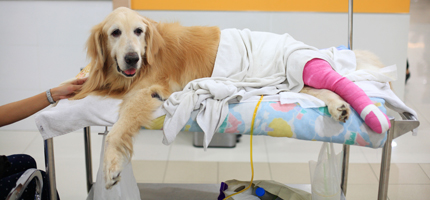Dogs are renowned for their charming and occasionally peculiar sleep behaviors, yet the intricacies of their sleep patterns play a vital role in their trenbolone acetate overall health and happiness. Gaining insight into how dogs sleep and the factors influencing their sleep habits enables you to ensure your furry companion enjoys the necessary rest. This article explores the fascinating realm of dog sleep.
Fundamentals of Dog Sleep
Dogs, much like humans, undergo different sleep stages, including:
- Rapid Eye Movement (REM) Sleep: This phase, where most dreaming occurs, exhibits brain activity akin to wakefulness. During REM sleep, dogs may experience rapid eye movements beneath closed eyelids, accompanied by decreased muscle tone to prevent physical activity during dreams.
- Non-Rapid Eye Movement (NREM) Sleep: NREM sleep consists of various stages, with slow-wave sleep being the deepest. This stage facilitates tissue repair and regeneration.
Sleep Duration
The amount of sleep a dog requires hinges on factors such as age, breed, activity level, and individual variances. On average:
- Puppies: Puppies, in their rapid growth phase, may sleep up to 18-20 hours per day.
- Adult Dogs: Adult dogs generally sleep approximately 12-14 hours daily, though this can vary. More active dogs might sleep less, while less active or senior dogs may sleep more.
Sleep Position and Setting
Dogs adopt various sleeping positions, each conveying its own significance:
- Curling Up: This position helps conserve body heat and fosters a sense of safety.
- Stretching Out: Indicates relaxation and comfort.
- On Their Back: Reflects trust and vulnerability, with the exposed belly.
Creating a cozy sleep environment is crucial. Ensure your dog has a supportive bed and maintains a consistent sleeping area temperature. One of the most comforting beds is Buy Calming Furniture Protector Pet Bed which helps your furbabies be with you always.
Factors Impacting Sleep Patterns
Several elements can influence a dog’s sleep:
- Activity Level: Dogs engaging in regular physical and mental activities often experience more restful sleep.
- Age: Puppies and senior dogs tend to sleep more than young adults.
- Health: Pain or illness can disrupt sleep patterns. If changes are observed, consult a veterinarian.
- Diet: A balanced diet influences overall health, affecting energy levels and sleep.
Sleep Disorders
Although dogs generally sleep well, some may encounter sleep disorders:
- Sleep Apnea: Characterized by breathing interruptions during sleep, often accompanied by loud snoring or choking sounds.
- REM Behavior Disorder: Dogs physically act out dreams during REM sleep, resulting in movements or vocalizations.
- Insomnia: Difficulty falling or staying asleep.
If sleep disorders are suspected, seek a veterinarian’s advice for accurate diagnosis and guidance.
In Conclusion
Comprehending your dog’s sleep patterns is an integral aspect of responsible pet care. By providing a comfortable sleep environment, ensuring adequate rest, and monitoring changes in sleep habits, you actively contribute to your dog’s overall health and well-being. Celebrate their uniqueness and relish observing your furry friend snooze in their preferred positions.

